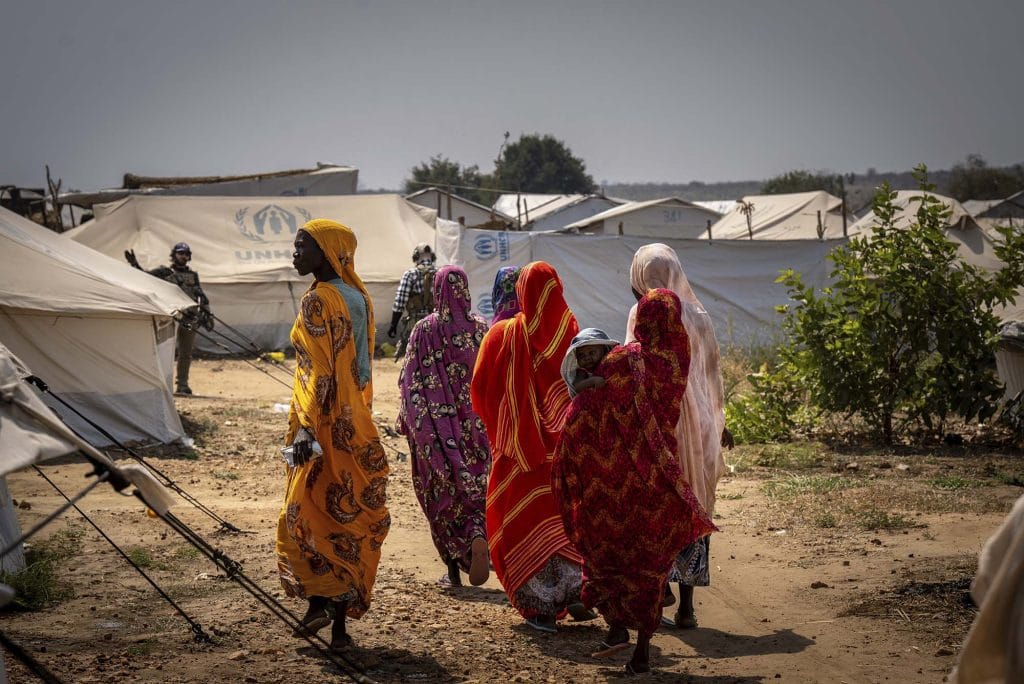More than 1.1 million displaced Sudanese have returned to their homes in recent months, according to new data released by the International Organization for Migration (IOM), offering a rare glimmer of hope amid the country’s protracted conflict.
The IOM report, covering the period from December 18, 2024, to May 28, 2025, states that 1,189,893 individuals have voluntarily returned to 20 localities across Khartoum, Sennar, and Gezira states. These returns followed renewed control by the national army in areas previously held by armed groups.
Gezira State absorbed the majority of the returnees—approximately 80%—with key return destinations including East Gezira, Um Al-Qura, Greater Madani, and Al Managil. These areas, once the epicenter of displacement, are now cautiously welcoming back residents.
Despite these returns, Sudan remains one of the most severely affected countries by internal displacement. The total number of internally displaced persons (IDPs) currently stands at over 10.1 million, slightly down from the peak of 11.5 million recorded at the end of 2024.
Dire Humanitarian Conditions Persist
Although some regions are stabilizing, humanitarian needs remain immense. The IOM notes that over half (53%) of the displaced population are children, many of whom are enduring extreme hardship due to food shortages, damaged infrastructure, and a struggling health system.
The situation has been worsened by repeated attacks on public utilities by the Rapid Support Forces (RSF), causing widespread power outages and further disrupting relief operations in both urban and rural areas.
Darfur remains particularly fragile. South and North Darfur each host 18% of Sudan’s displaced population, while Central Darfur houses another 9%, many of whom remain in overcrowded camps or informal shelters.
Cross-Border Flight Intensifies
Meanwhile, the number of Sudanese fleeing the country has surged to over 4.1 million, with Khartoum, South Darfur, and North Darfur accounting for the majority of those crossing into neighboring nations. Recent RSF offensives in North Darfur, including attacks on Zamzam Camp—once home to 600,000 displaced people—have fueled this renewed exodus.
A Fragile Return, a Long Road Ahead
While the return of over one million Sudanese marks a significant development, aid agencies warn that without urgent humanitarian assistance and reconstruction support, many returnees may find themselves once again displaced. Health services, schools, and clean water supplies remain severely limited or completely destroyed in several areas.
The IOM has reiterated its call for increased funding and unimpeded humanitarian access to assist those returning and those still displaced.
As Sudan continues to reel from the aftermath of internal power struggles and civil conflict, the resilience of its people stands out—despite the odds.



